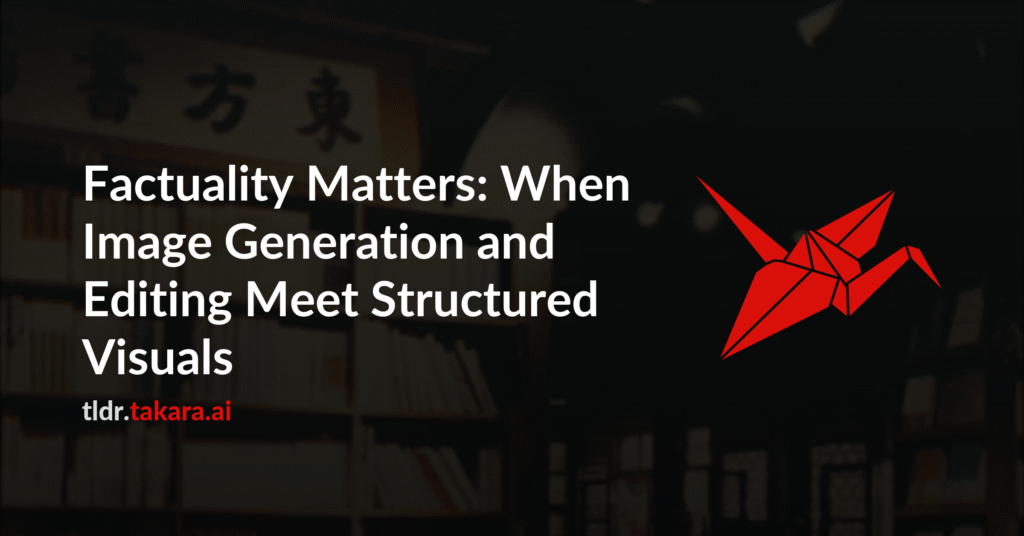While modern visual generation models excel at creating aesthetically
pleasing natural images, they struggle with producing or editing structured
visuals like charts, diagrams, and mathematical figures, which demand
composition planning, text rendering, and multimodal reasoning for factual
fidelity. To address this, we present the first comprehensive, systematic
investigation of this domain, encompassing data construction, model training,
and an evaluation benchmark. First, we construct a large-scale dataset of 1.3
million high-quality structured image pairs derived from executable drawing
programs and augmented with chain-of-thought reasoning annotations. Building on
it, we train a unified model that integrates a VLM with FLUX.1 Kontext via a
lightweight connector for enhanced multimodal understanding. A three-stage
training curriculum enables progressive feature alignment, knowledge infusion,
and reasoning-augmented generation, further boosted by an external reasoner at
inference time. Finally, we introduce StructBench, a novel benchmark for
generation and editing with over 1,700 challenging instances, and an
accompanying evaluation metric, StructScore, which employs a multi-round Q\&A
protocol to assess fine-grained factual accuracy. Evaluations of 15 models
reveal that even leading closed-source systems remain far from satisfactory.
Our model attains strong editing performance, and inference-time reasoning
yields consistent gains across diverse architectures. By releasing the dataset,
model, and benchmark, we aim to advance unified multimodal foundations for
structured visuals.

